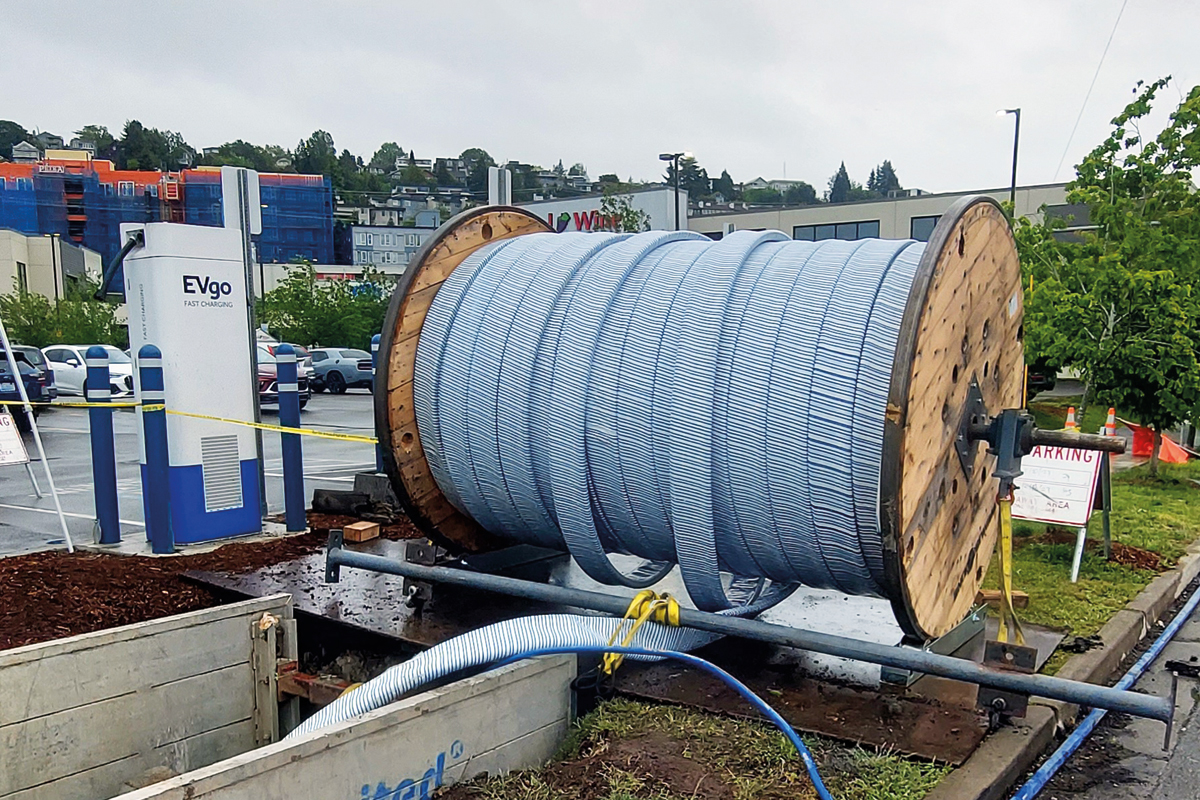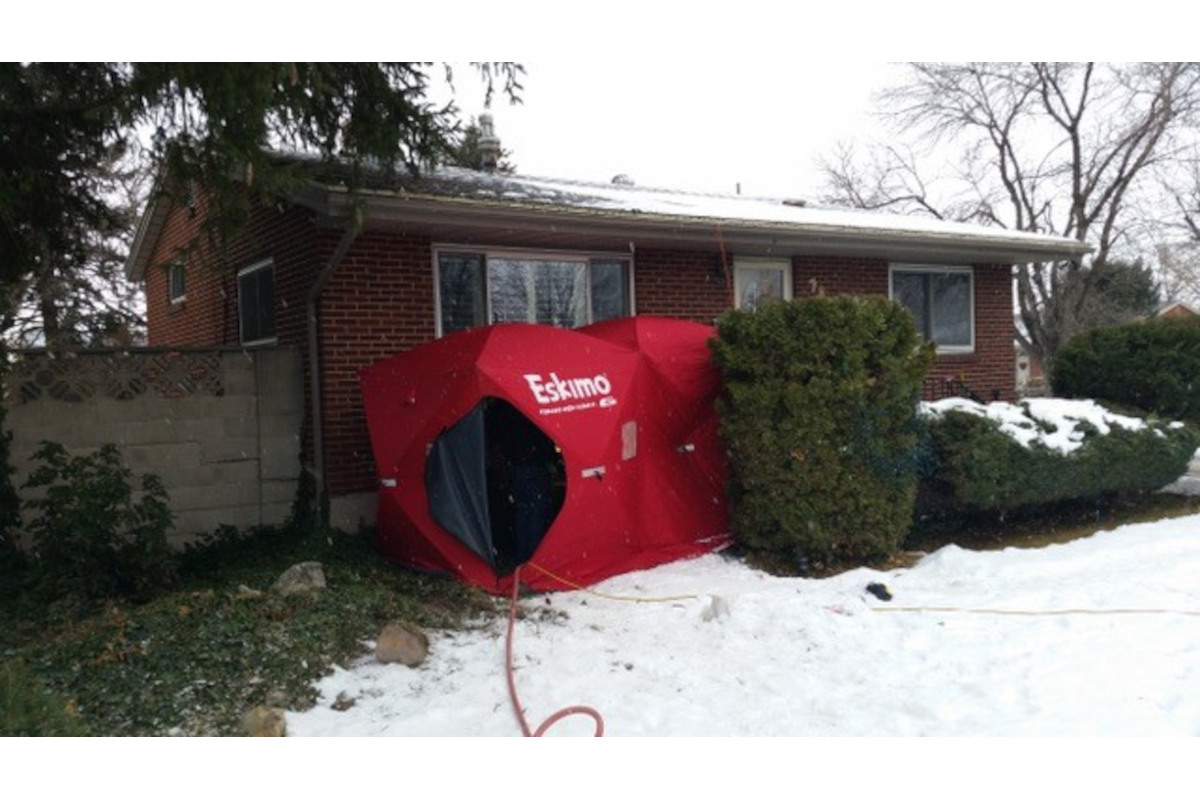
Long term strategy to eliminate leaks and minimize emissions
Having worked in the natural gas industry for over five decades, I have never been more certain of the valuable qualities and useful applications of Cured-In-Place-Lining (CIPL) to rehabilitate natural gas & pressure pipelines.
CIPL is a proven and viable solution for gas operators to eliminate leaks and minimize methane emissions in compliance with the PIPES Act of 2020. Progressive Pipeline Management (PPM) has been working with gas companies utilizing Starline® CIPL for twenty years. Today, the technology is being integrated into gas operators’ long-term strategy to manage leaking infrastructure. Many gas main rehabilitation needs are in urban areas where cast iron pipes can be 60-100 years old.
Within the PIPES Act are mandates from PHMSA that require operators to update, as needed, their existing distribution integrity management plans (DIMP), and O&M plans. PHMSA also will require that leak repair programs consider the environment and the use of advance leak detection practices and technologies.
CIPL allows gas operators to use advanced leak repair technology to permanently eliminate leaks and minimize methane emissions, while reducing the carbon footprint compared to traditional pipe replacement programs. The cost savings and reduced carbon footprint compared to traditional “remove and replace” are significant. CIPL minimizes the impact of excavations, reduces traffic congestion, and is proven to extend the life of reconditioned pipelines by 100 years. A lined pipe is considered a composite pipe, with leaks sealed, and is proven to prevent future leaks.
Reducing Emissions & Carbon Footprint
The below graph depicts the carbon footprint delta between conventional pipe replacement and reconditioned pipe (CIPL).

Adhesive that Bonds & Dis-bonds
PPM uses a two-part epoxy resin to structurally bond the liner to the host pipe. The advanced properties of PPM’s epoxy resin are due to the attractive forces between the epoxy resin and the cleaned surface of the substrate. These forces create a permanent bond between the reactive sites in the resin and the substrate’s surface. The final product is a thermoset plastic that is resistant to high operating temperatures, corrosion, UV exposure, and aggressive chemicals, oils and fluids. After the adhesive is fully cured and hardened, PPM’s epoxy’s bond lasts as long as the bonded objects themselves.
PPM’s adhesive is not “glue.” It is an epoxy that is moldable and, upon curing, fills any surface irregularities, gaps, holes, cracks or fissures.
Not only does the adhesive bond effectively, it can dis-bond by design. At stress points like circumferential or longitudinal cracks, the adhesive reacts to the transferred energy from the cracks and allows the liner to dis-bond from the host pipe. The dis-bondment’s flexibility in the liner allows the pipe to flex while eliminating liner fracture and maintaining a leak-free product. This dis-bondment also allows the liner to withstand catastrophic circumferential failure of the host pipe, allowing up to a 2-inch full separation within the host pipe while maintaining pressure.
The photo below shows the adhesive dis-bonding during full circumferential catastrophic failure. The liner dis-bonds at the separation crack which then allows the pipe to flex and move. The cracked pipe and liner remain intact.
What’s Ahead? Hours vs. Days to Cure
Today’s UV curing process presents operational challenges that requires gas supply to be shut off for a day or two. The sun’s broad spectrum of light affects the UV properties and can cause the curing process to begin prematurely. Crews use blackout tents to block out natural sunlight during the curing process to prevent this problem.
Development is under way to dramatically improve both the curing time and the UV process. In partnership with PHMSA, PPM is developing a new UV adhesive/resin that will pinpoint curing so that it occurs under a single wave of light. Specifically targeting one wave of light prevents the premature curing of the adhesive/resin, and will not adversely affect the working time of the adhesive/resin. When implemented, utility operators will have to plan for just a few hours of offline gas supply instead of a day or two, expanding the utility operators’ seasonal installation window for CIPL.
Mario Carbone spent thirty-two years in design, maintenance and construction with Brooklyn Union Gas/KeySpan Energy and ten years as the senior manager for gas R&D with KeySpan Energy. Mario holds three gas pipeline industry patents. In addition to his expertise in CIPL, engineering and field operations, Mario is versed in current regulations for corrosion and pipeline environmental procedures. His inventiveness to overcome challenges led PPM to win the Trenchless Technology Project of the Year multiple times.
For more information, visit: https://www.progressivepipe.com/





Comments are closed here.